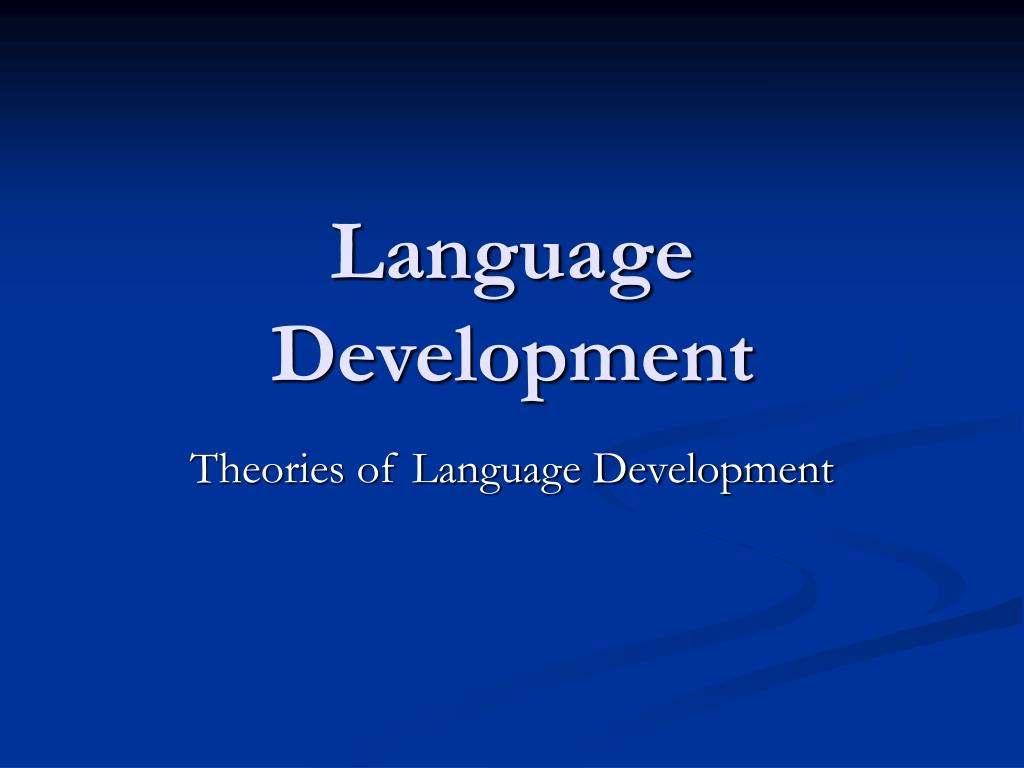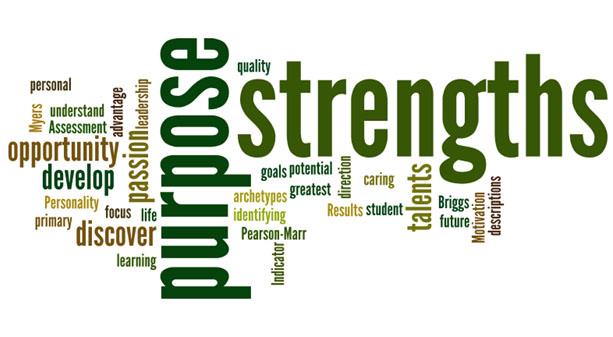

- #WORD BUILD VOCABULARY DEVELOPMENT SYSTEM SERIES#
- #WORD BUILD VOCABULARY DEVELOPMENT SYSTEM DOWNLOAD#
What Ages Or Grades Is WordBuild Intended For?
#WORD BUILD VOCABULARY DEVELOPMENT SYSTEM SERIES#
Through a series of short lessons students study prefixes, suffixes, and word roots, as well as their relevant grammar and spelling rules, so that they can build the skills they need to decode the meaning of any new words they might encounter.


The goal is for students to internalize the vocabulary acquisition process and repeat it automatically when reading independently.Teacher’s Guide is written for classroom settingĬreated by Dynamic Literacy, the WordBuild Vocabulary Development System (or WordBuild for short) is a morphology-based supplemental vocabulary program designed to help students develop and expand their vocabulary without the need for a lot of drill or rote memorization. The vocabulary activities work with any text and can be used again and again.
#WORD BUILD VOCABULARY DEVELOPMENT SYSTEM DOWNLOAD#
You can create your own Focus on Five, or click here to download everything you need. Since application of the new word is important, students are required to work with the word on their own using a variety of vocabulary activities (visual representation, narrative writing, world connections, etc.) Finally, students are assessed on their knowledge of the new terms. A dictionary can be used as a last resort. Next, students try to define the word using context clues. First, students are required to find and record five new terms in the text. Teaching vocabulary in context gives students a chance to make authentic connections and cement learning of new words. Hopefully, you are inspired to include more tier two and tier three words into your lesson plans! Since, choosing words to focus on can be time consuming and difficult, I like to use the texts we read together in class to find new terms. For example, a word like pinnacle has multiple definitions, making it applicable as a tier two and tier three word. Words can also fall into more than one tier. What does the word bring to a text or situation? What role does the word play in understanding the overall meaning?.How does the word relate to other words or ideas in the curriculum? Does it directly relate to a specific topic of study.How useful is the word? Is it a word that students are likely to meet often in other texts?.According to Beck, Mckeown, and Kucan, teachers should consider the following when choosing vocabulary words : There is no specific formula for placing words into tiers or choosing words for direct instruction.

Examples of tier three words include molecule, tundra, and legislature. Tier three words are central to understanding concepts within various academic subjects and should be integrated into content instruction. Tier three words consists of low frequency words that occur in specific domains. The more students learn high utility (tier two) words, the better they will be able to comprehend text that contains those words. In addition to being cross-curricular, tier two words often have multiple meanings, making them an integral component of reading comprehension. Examples of tier two words include complex, analyze, restrict, ultimate, and foundation. Tier two words are not common words used in conversation, making them ideal candidates for direct instruction. They are cross-curricular words, appearing frequently across topics and content areas. Tier two words are also referred to as academic vocabulary. Examples of tier one words include table, happy, baby, and clock. There is no need for specific instruction with tier one words. Because tier one words are basic everyday words, most of them are learned through oral communication with family members, peers, or teachers. Tier one words are high frequency words, used over and over again in the course of general conversation.


 0 kommentar(er)
0 kommentar(er)
